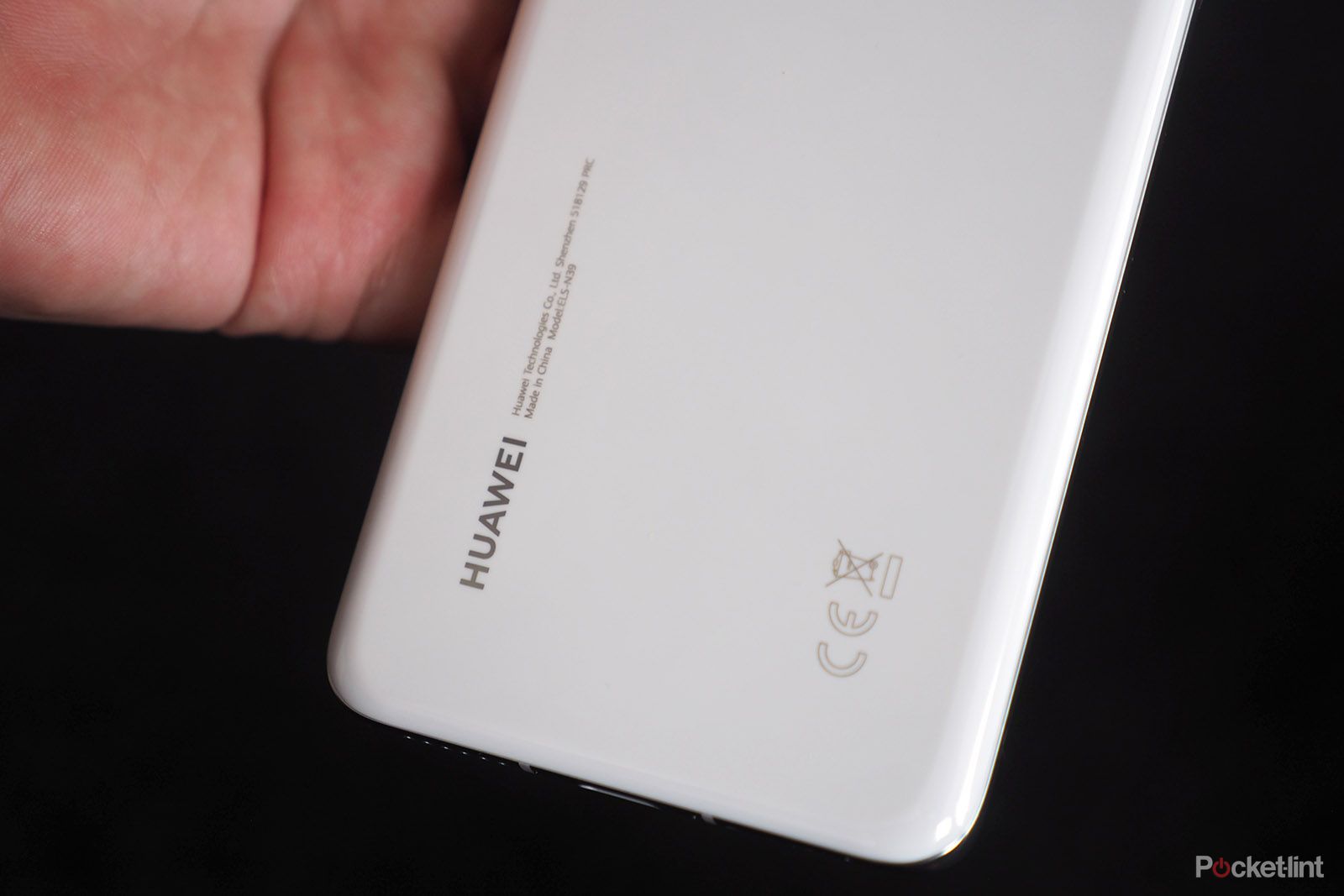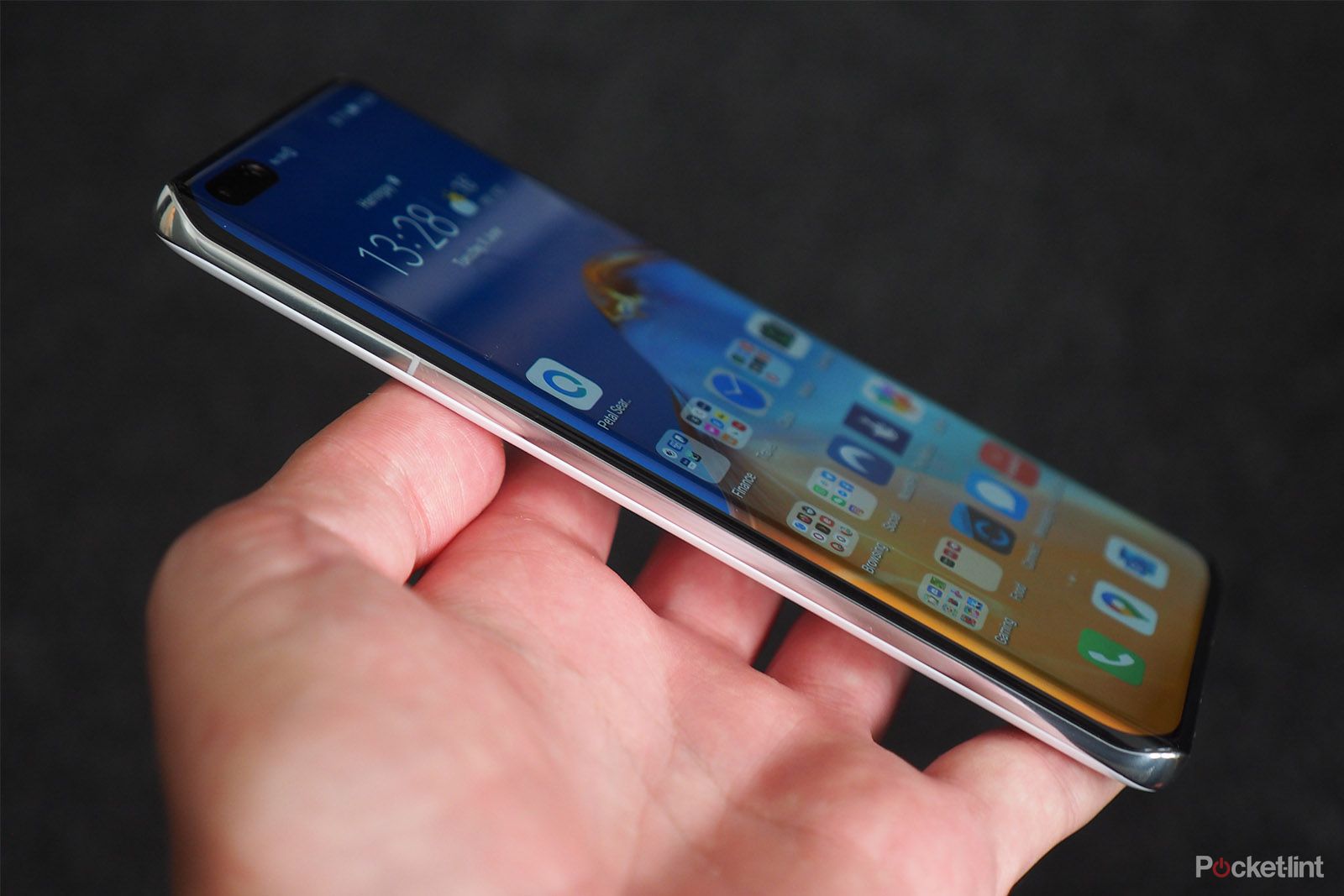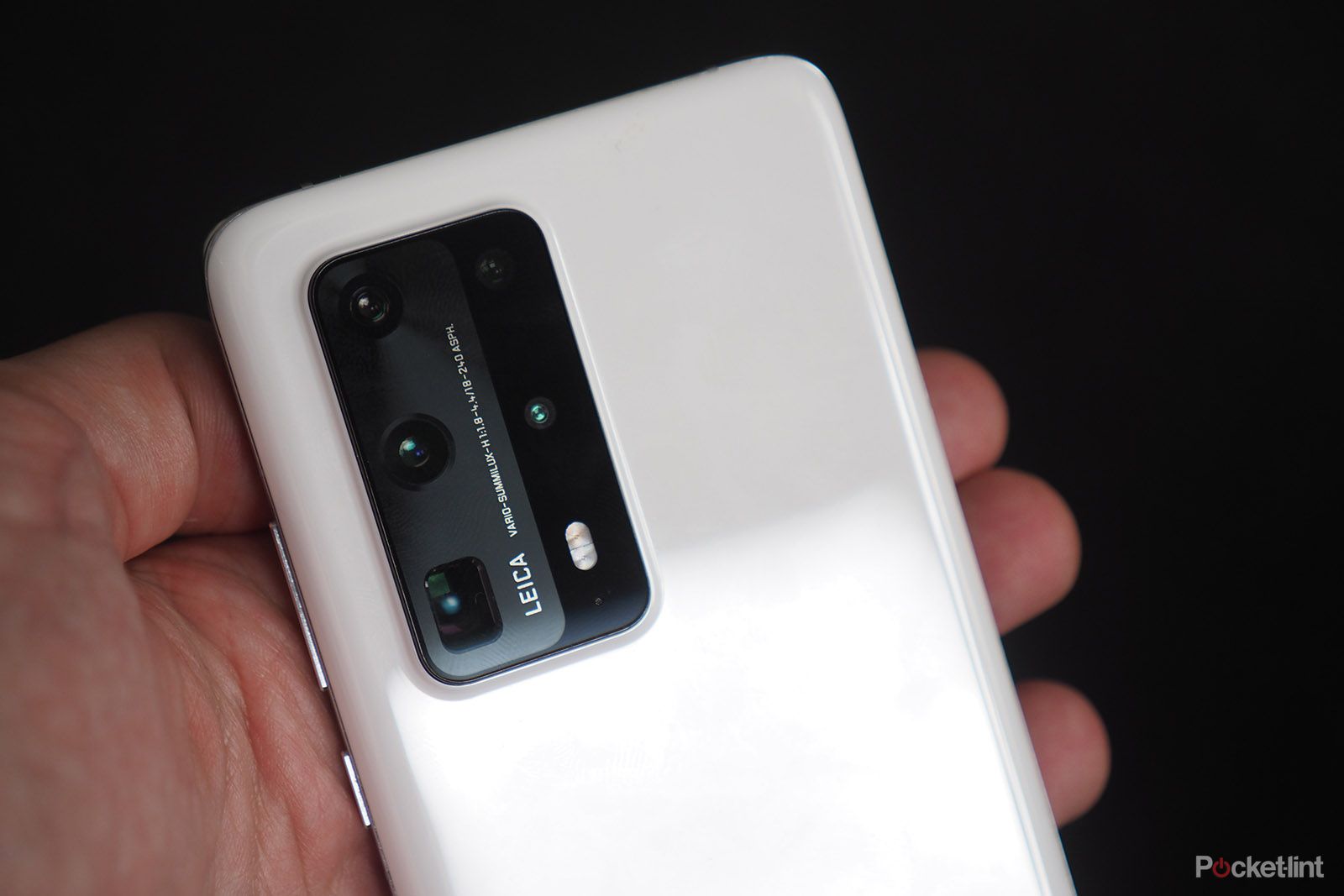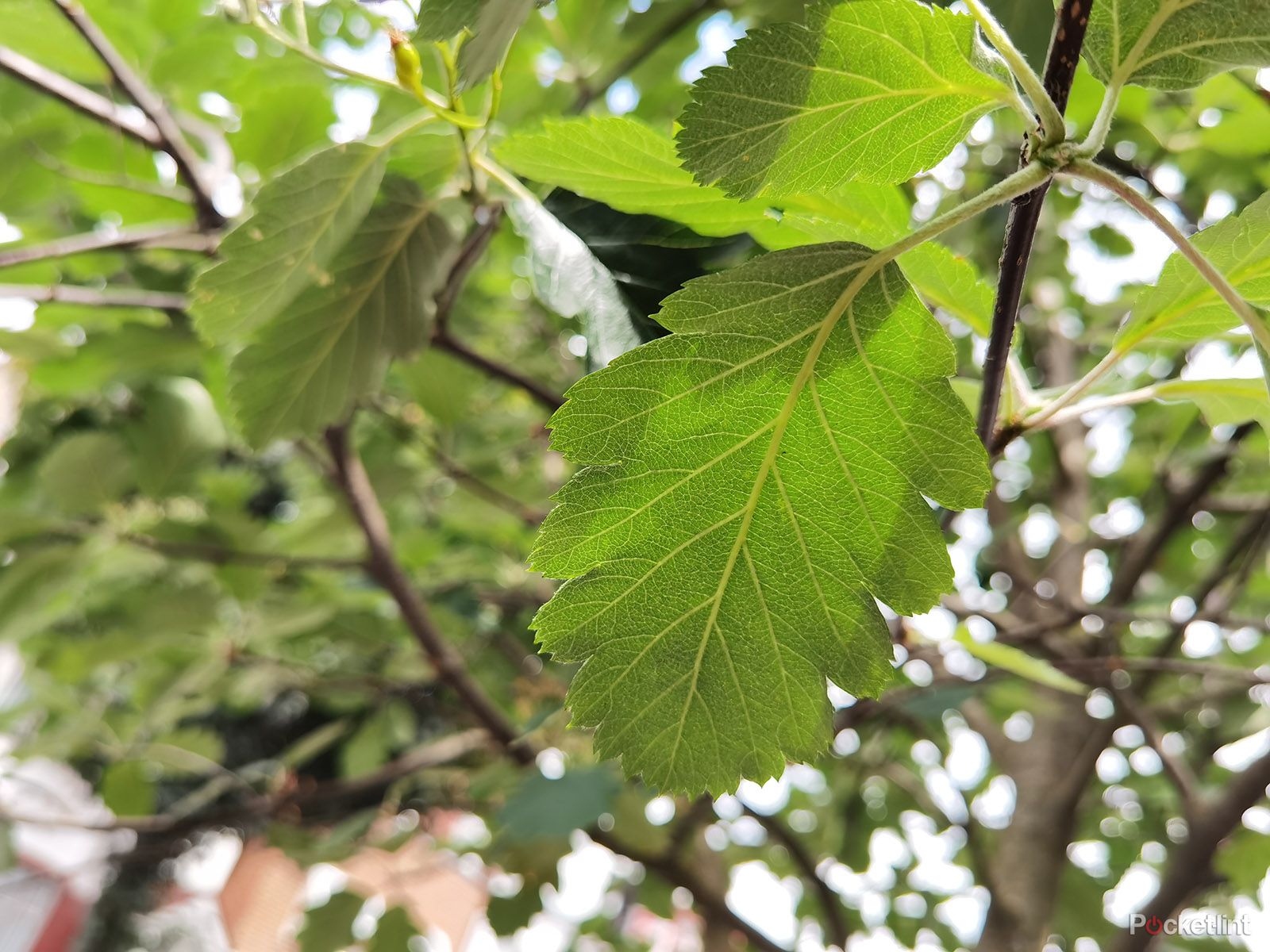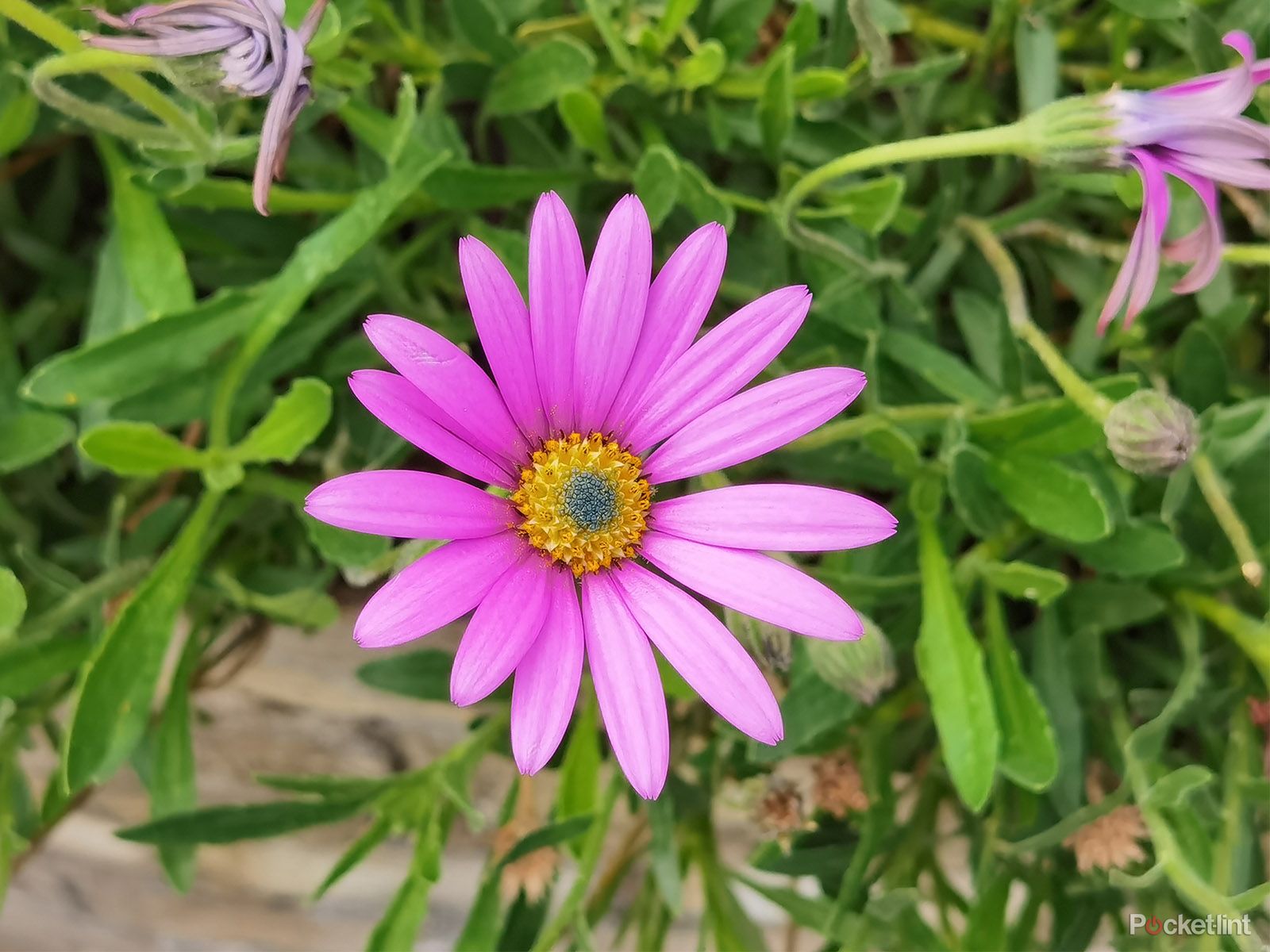It's not really possible to review the Huawei P40 Pro+ as a normal phone. After all, while it runs Google's Android operating system (with Huawei's EMUI over the top), the Chinese company is forbidden to use Google Services, meaning many staple Google apps - your banking app, WhatsApp messenger, Facebook, and many more - simply are not available through the conventional download means (as there's no Google Play Store - it's Huawei's App Gallery instead).
Now, that will be enough to stop most prospective buyers in their tracks. It's not dead and buried yet however: Huawei is putting weight behind its App Gallery and, over time, there's no reason why many developers won't create versions for Google, Apple and Huawei (there's an assumption here of return on investment or financial incentive to do so we suspect). Or you can Phone Clone an old device into the P40 Pro+ and, with some restrictions, use many of your current installed apps (Google Play Games sign-ins and Google Drive backups still aren't possible though).
But let's brush all that aside for the moment. For while we can't review the P40 Pro+ by conventional means - the software on this device isn't final and we're expecting another update before the phone's 25 June release date - there are two very compelling things about this phone that are worth exploring: its incredible build quality and its formidable camera setup (complete with true 10x optical zoom).
Our quick take
The Huawei P40 Pro+ has a gorgeous design and formidable camera setup. That would make for a killer combination - but as there's no Google Services and, therefore, no Google Play Store for downloading many popular apps to your Android device, that makes it at best an outlier for the majority of consumers.
We still revel in seeing new and exciting finishes, though, and the P40 Pro+ does truly look aesthetically outstanding. Its camera setup has moments of being ultra-impressive too - although, overall, having a bigger zoom here over the P40 Pro device doesn't bring as much benefit as we'd initially expected.
The Huawei P40 Pro+ will be available from 25 June 2020, priced £1,299 in the UK and €1,399 in Europe. Pre-orders open from 15 June 2020.
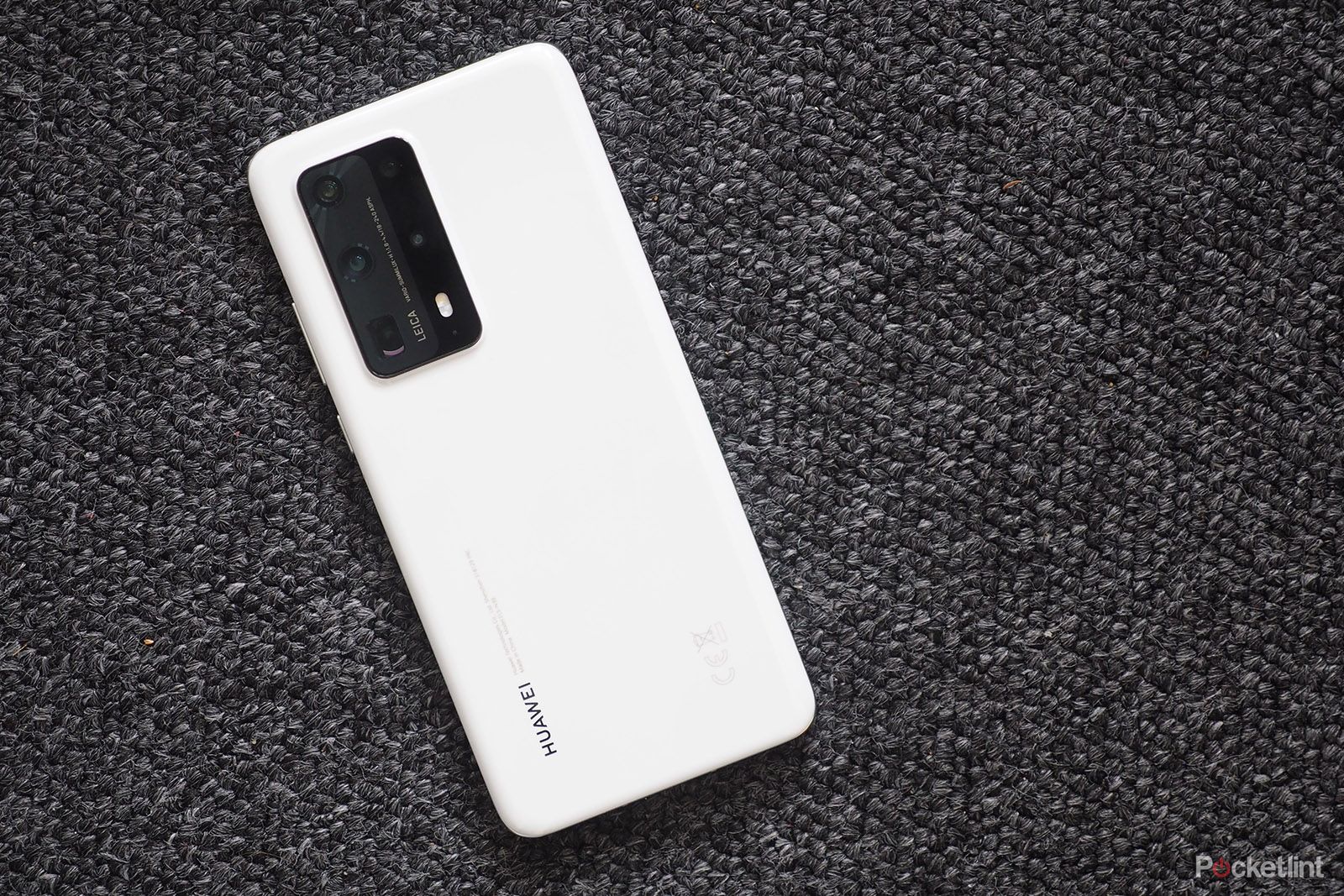
Huawei P40 Pro+
| FOR | AGAINST |
|---|---|
|
|
|
Huawei P40 Pro+
Huawei P40 Pro+: A design to delight?
- Finish: Black ceramic, White ceramic
- Dimensions: 158.2 x 72.6 x 9mm / Weight: 226g
- Edge-to-edge 'Overflow Display' with curved edges
- 6.58-inch OLED, 2640 x 1200 resolution, 90Hz refresh
There's a real aesthetic elegance about the P40 Pro+'s finish. Unlike the rest of the P40 range it's available in a black or white ceramic only, which has a whole different quality.
Huawei tells us this "nanotech ceramic back" is comprised of ceramic beads, which are compressed at higher pressure, then kilned at 1500C for five days, creating a strength approaching that of a sapphire, with a refractive index that's similar to diamond. (If you're a numbers geek: the Mohs rating is 8.5; N is 2.18).
Mounted on the back is the not inconsiderable camera unit. However, it doesn't protrude as offensively as some competitor models - such as the Oppo Find X2 Pro - elegantly integrating with the rear panel. Some might think it looks like a bit of a lump, but we think it looks more attractive in its elongated form compared to, say, the Samsung Galaxy S20 Ultra's effort.
The P40 Pro+'s body is dust- and weather-sealed, ensuring it can take everything that you throw at it. There's also an in-screen fingerprint scanner and facial ID, making for easy log-in.
Around the front the P40 Pro+ features what Huawei calls an Overflow Display. The idea here is to introduce a curved edge to not only the sides - thus minimising the visible bezel when looking front-on - but also to curve the top and bottom corners, so it looks as though the screen is "spilling over" in every direction. That said, it's not as extreme as the Motorola Edge's Endless Edge panel.
All in all, from front to back, the P40 Pro+ is an eye-catching phone. Even more so as you're highly unlikely to see one in the wild. To use, however, the overall weight and thickness is detrimental - it even weighs more than the chunky Poco F2 Pro - which is the effective compromise for having such a design in your pocket.
Huawei P40 Pro+: Cameras to win them all?
-
Leica penta camera system to rear
- Main camera (24mm): 50MP SuperSensing (RYYB) sensor (1/1.28in size), f/1.9 aperture, optical stabilisation (OIS)
- Ultra-wide camera (0.7x / 18mm): 40MP cine lens, f/1.8
- 3x optical zoom camera (80mm): 8MP, f/2.4, OIS
- 10x optical zoom (240mm): 8MP, f/4.4, OIS
- Time-of-Flight (ToF) depth sensor
- Kirin 990 processor, 8GB RAM, 4,200mAh battery, 40W fast-charging (incl. 40W wireless)
It's the camera that really makes the 'Plus' model in the P40 series stand out beyond the standard Pro model. That's because the P40 Pro+ has a true 10x optical zoom integrated into its five-camera rear setup.
That's all helped along by the Kirrin 990 processor, which is constructed with neural processing units (NPU) to deploy artificial intelligence (AI) for various situations - whether scene modes, enhancements, night shooting and so on.
So what's the camera setup like and is a 10x zoom really needed?
Main camera
The first big point about the 50-megapixel main camera is that it's a SuperSensing sensor - the same red, yellow, blue (RYYB) technology as in the P30 Pro - and, at 1/1.28in size, it's a lot larger than a typical camera sensor.
That make-up - the yellow channels are more sensitive than typical green channels used in other sensors - and the physical size works to its benefit in delivering a clean signal for better image quality overall. Not to mention the use of four pixels into one meaning oversampling for even better quality at a 12.5MP output.
Even just shooting casual close-ups indoors or the fruit at a local market goes to show how detailed these results are in good light. With AI activated - it can be toggled on or off easily at the top of the camera app - the camera app is quick to detect subjects for tracking focus, making live adjustments based on what the camera is seeing.
However, while the adjustment to "close-up" was helpful in framing shots close to the camera, it can get overexcited in other scenarios. Since introducing the AI option in its cameras, Huawei has had some options - including Greenery and Blue Sky - which are overzealous in their saturation. These you'll likely want to switch off by hitting the little 'x' by the displayed word - if such auto adjustment kicks in.
We switched AI off for the majority in the end, but still shot some incredibly detailed images, such as a close-up of a backlit tree leaf, a cat-shaped tape dispenser, even Instagram-worthy shots of meal times. It's a very impressive main sensor.
Ultra-wide
There's a wide-angle camera too, a 40-megapixel offering (at an 18mm equivalent). This is slightly less wide than the earlier P series handsets, making it 0.7x compared to the main camera, for the sake of overall quality.
Less wide-angle means less edge blur - although, while the centre sharpness is great, the corners and edges do still present blur to some degree. Still, it's a good wide lens that's high resolution and much better quality than most lesser competitors out there - it's considerably better than the lower-resolution offerings that more budget handsets are often chucking into specification.
The same lens is also used as a 'cine lens', utilising the centre portion - i.e. the sharper part - to cater for video, at up to 4K resolution.
Zoom levels
But the biggest factor about the P40 Pro+ - hence the plus symbol tagged onto the end of the name - is that it delivers big on zoom. However, while this brings benefits, it also brings its share of downsides.
First and foremost it's worth a little comparison to the P40 Pro (i.e. not the Plus): this phone offers a 5x optical zoom with the RYYB SuperSensing technology of the main camera. That's a good level of zoom and with good quality.
By comparison the P40 Pro+ delivers a two-step approach: a 3x optical zoom and a 10x periscope zoom in tandem. Having used this, we can't help but think the 5x lens of its step-down cousin is more than enough. The Pro+ - just as Samsung did with the S20 Ultra - has reached for the stars but fallen a little short.
The Huawei camera app is setup in a way that positions four 'dots' on a line to represent wide, 1x, 3x, and 10x. It's also possible to pinch-zoom, allowing you to locate in-between multipliers, which is when the zoom line expands right through to 100x. Tapping into 3x quickly and easily to shoot a flower shows the kind of great quality that can be achieved in a flash though:
However, this slider mechanism in the app introduces a couple of issues. That jump from 3x to 10x is quite considerable, so by the time the camera hits 8.5x it jumps from one lens to another (making us wonder if the 10x is actually an 8.5x - Huawei says it's not). Also, as both the zoom lenses used are only 8-megapixel resolutions there's also a lot less to play with - and this system is pulling data from multiple sensors at once to help find the sweet spot in data it can bring into a shot. When, really, we think Huawei should have utilised the 5x zoom of the Pro for the most effective setup here.
Next there's the fact that anything above 10x zoom is digital. Trying to sell a 100x zoom - again, just as Samsung did in the S20 Ultra - is almost disingenuous. The P40 Pro+ doesn't have image stabilisation that's capable enough to manage such a massive zoom equivalent, so shots even in broad daylight will be blurry; the 8MP output is rather low and yet still highlights the lack of detail; and you can't successfully refocus with nuance at this kind of massive zoom level. Check out the jump from 1x to 3x to 10x and around 50x in the gallery below (it took three tries to get the 50x shot this sharp):
That said, there is a great burst mode. A press-and-hold of the shutter will just keep snapping away at pace. We caught sight of a duck on a canal having a clean and took 60 or so different shots in one burst, before then thumbing through them all to find a favourite (see in Main camera gallery back up the page). The quality from that 10x zoom lens isn't nearly as good as the main lens - but it's still a great enabler for what it can capture (just don't push it beyond).
Night Mode
The main camera's RYYB design makes it more adept at shooting in low-light conditions. We've shot in near darkness using the P40 Pro, to the point where we can't really see, and the camera is still able to decipher an image from more-or-less nothing. It's impressive.
That's not the only point it makes with low-light ability, though, as an updated Night Mode also features. This mode can be used hand-held and takes multiple exposures over a number of seconds (sometimes too many - it once tried 17 seconds), utilising optical stabilisation to maintain sharpness best as possible. You can choose whether to maintain the exposure or cut it short, to your tastes.
We shot the inside of our kitchen cupboard with the door more-or-less shut and the result still looks like it's the middle of the day. There's little image noise, despite using ISO 6400 sensitivity, and the clarity of the writing on the tins and packets really is second to none. The P40 Pro+ is great when there's little light.
Huawei P40 Pro+
To recap
With a gorgeous design and formidable camera setup this would-be killer phone falls short due to its lack of Google Play Store for downloading many popular apps. We also think the step-down P40 Pro brings a more balanced camera setup overall. Still, you won't catch sight of a better-looking phone than this in 2020.

